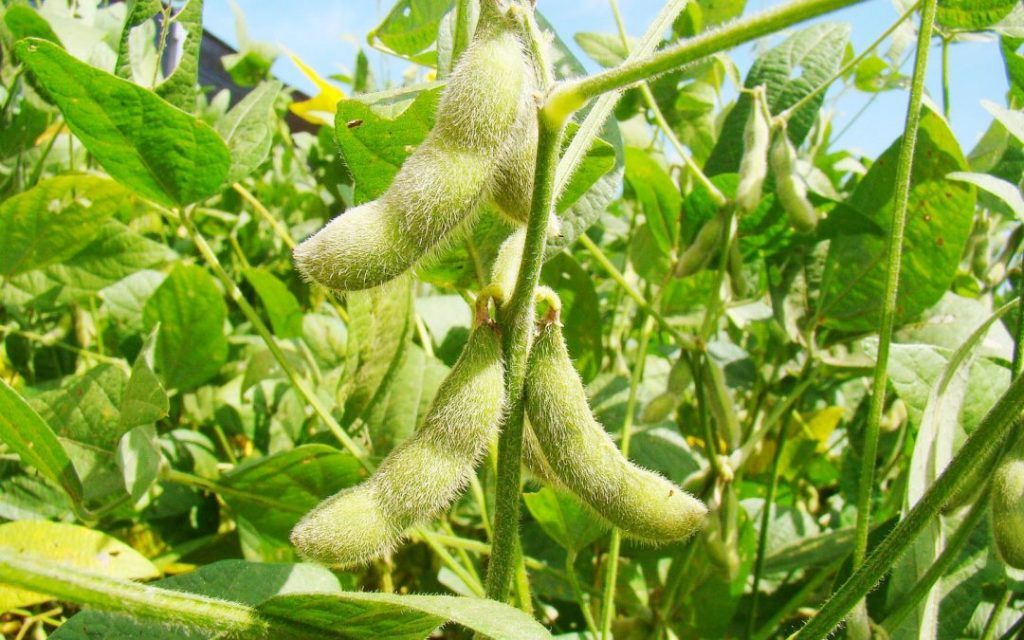World exports of agricultural products totaled US$1.412 trillion in 2022, an increase of 4.9%, according to data from the World Trade Organization (WTO).
In discussing market access aspects of agricultural trade reform, Argentina, Brazil, Paraguay and Uruguay indicated that international trade plays a fundamental role in food security and nutrition.
Because they make food more affordable and available by facilitating broad and timely access to agricultural products through integration into local, regional and global supply chains.
In 2019, world exports of agricultural products were $1 trillion 122 billion.
Then they went from $1 trillion $152 billion in 2020 to $1 trillion $346 billion in 2021.
The four South American countries believe that in order to respond adequately to the global challenges of food insecurity, the WTO must make decisive progress in all areas of agricultural reform.
According to the Food and Agriculture Organization of the United Nations (FAO), since the World Food Summit (WFS) in 1996, the definition of food security adopted states that «food security exists when all people, at all times, have physical and economic access to sufficient, safe and nutritious food».
World exports of agricultural products
According to FAO data, around 800 million people currently suffer from hunger, despite the fact that the world produces enough food to meet the needs of its entire population.
The FAO also proposes four fundamental dimensions for food security: the physical availability of food, physical and economic access to food, food utilization, and the stability over time of the three previous dimensions.
Agricultural trade reform in market access has the potential to contribute to each of the four dimensions of food security:
- Greater physical availability of food, by allowing it to be moved from regions with surplus production to regions with deficit production.
- Economic accessibility, by increasing the available supply and taking advantage of the comparative advantages of other countries and regions in certain products, resulting in cheaper food.
- Utilization, by offering consumers the possibility of a more varied diet.
- Finally, stability, especially to the extent that open trade is ensured under predictable rules.
Taken together, all this would reduce the risk of shortages in domestic markets and mitigate the volatility of local and international prices, thus ensuring more resilient supply chains.

